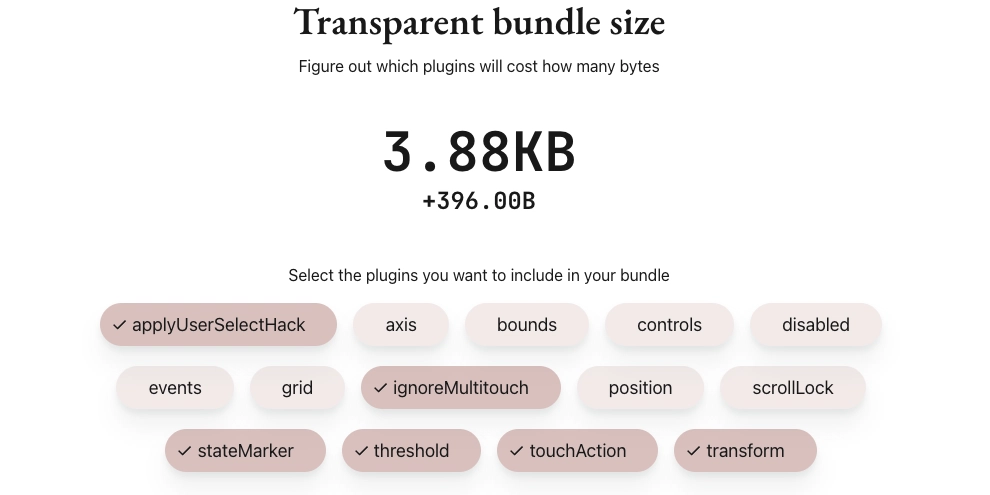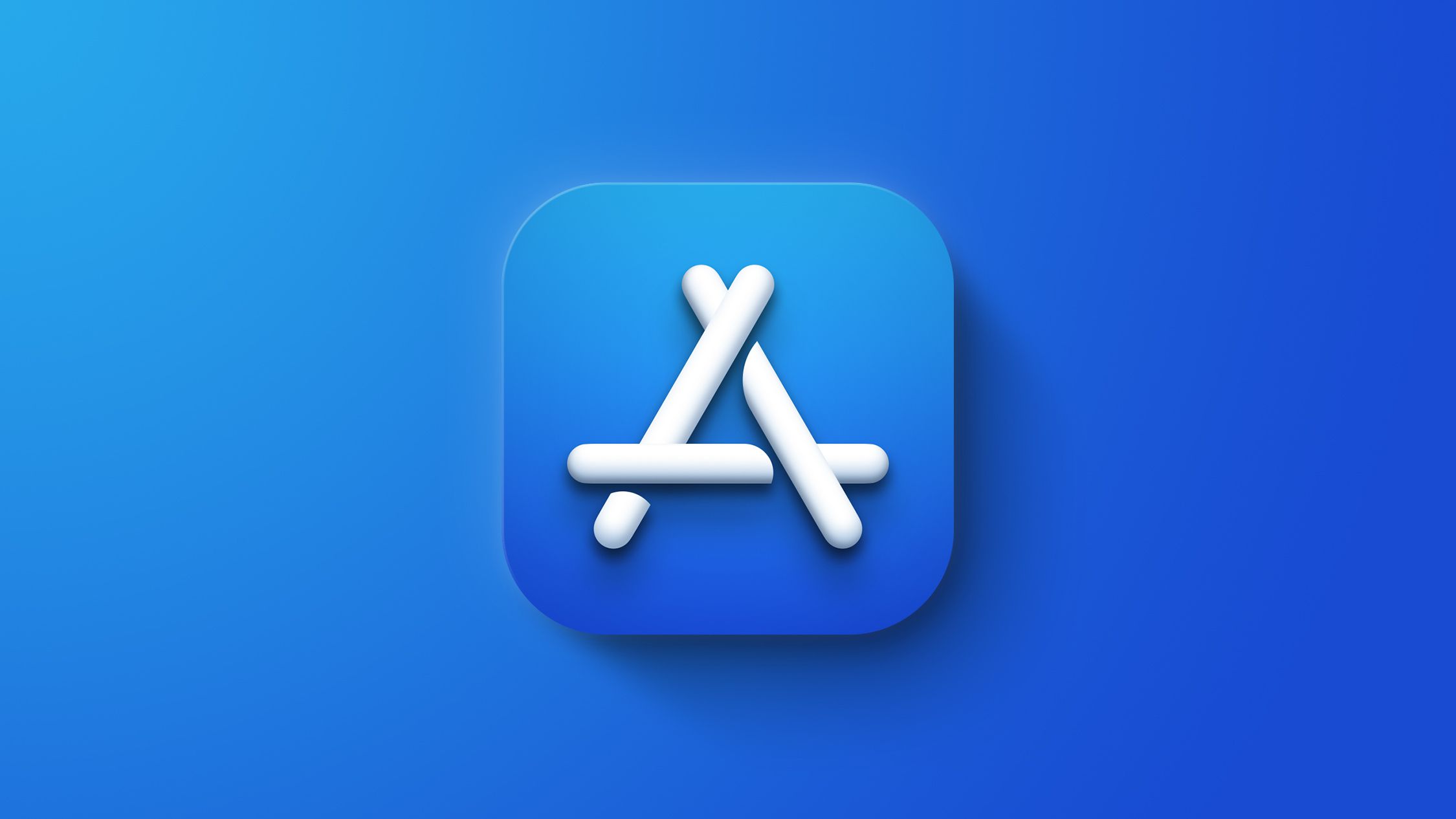Learn SQL Fast: A Step-by-Step Tutorial for Beginners
SQL Tutorial Introduction In today’s data-driven world, knowing how to manage and retrieve data efficiently is a highly valuable skill. Whether you're planning a career in web development, data analysis, or software engineering, mastering SQL (Structured Query Language) is essential. This SQL tutorial is designed specifically for beginners who want to learn SQL quickly with a clear, step-by-step approach. What is SQL? SQL stands for Structured Query Language. It is a language used to interact with relational databases in a system. With SQL, you can perform tasks like inserting, updating, deleting, and retrieving data from a database. Whether you are working with MySQL, PostgreSQL, SQL Server, or SQLite, the fundamentals of SQL remain the same. Why Learn SQL? Learning SQL gives you direct access to the data stored in databases. It helps you gain meaningful insights, run powerful reports, and even optimize business strategies. For developers, SQL is often used to connect back-end data with front-end applications. For data analysts, it's a vital skill for querying and organizing large datasets. In short, SQL is the backbone of modern data operations, and this SQL tutorial will help you start mastering it quickly and effectively. Step-by-Step: Learn SQL Fast Here’s how you can begin your SQL journey step by step. Step 1: Understand Basic Database Concepts Before diving into SQL commands, it’s important to understand what a relational database is. Databases are made up of tables, and each table contains rows and columns. Each row represents a record, and each column holds a specific type of data (like name, age, or price). Step 2: Learn Basic SQL Commands Start with the fundamental SQL commands used to interact with data: SELECT: Retrieve data from a table. INSERT INTO: Add new data. UPDATE: Modify existing data. DELETE: Remove data. Example: SELECT * FROM employees; This command selects all records from the "employees" table. Step 3: Filtering and Sorting Data Learn how to narrow down your results using WHERE, ORDER BY, and LIMIT: SELECT * FROM employees WHERE department = 'Sales' ORDER BY salary DESC LIMIT 5; This retrieves the top 5 highest-paid employees in the Sales department. Step 4: Working with Joins In real-world applications, data is often spread across multiple tables. SQL allows you to combine them using JOIN statements: INNER JOIN: Selects records with matching values in both tables. LEFT JOIN: Includes all records from the left table and matched ones from the right. SELECT employees.name, departments.name FROM employees INNER JOIN departments ON employees.dept_id = departments.id; Step 5: Grouping and Aggregating Data To generate summaries, SQL offers GROUP BY, COUNT(), SUM(), AVG(), and other aggregate functions. Example: SELECT department, COUNT(*) AS employee_count FROM employees GROUP BY department; This returns the number of employees in each department. Tips to Learn SQL Effectively Practice consistently: Use free tools like SQLFiddle or DB-Fiddle to practice queries online. Work on projects: Try small projects such as building a student database or a sales tracker. Explore real datasets: Use open datasets to get a feel of how SQL works with real-world data. Take quizzes and challenges: Reinforce your learning with interactive SQL exercises. Why This SQL Tutorial is Ideal for Beginners This SQL tutorial simplifies complex concepts and provides practical examples to help you learn faster. Each topic builds on the previous one, so you’ll never feel lost or overwhelmed. Whether you're a student, a job seeker, or a coding enthusiast, this guide empowers you to gain essential SQL skills in a short time. Moreover, since SQL is widely used across industries—from finance and healthcare to marketing and software development—this skill will open doors to multiple career opportunities. Final Thoughts SQL is not just a tool; it's a skill for anyone working with data. With this step-by-step SQL tutorial, you can learn SQL fast, build confidence, and take your first big step into the world of data management. Practice regularly, stay curious, and soon you’ll be writing complex queries like a pro.

SQL Tutorial
Introduction
In today’s data-driven world, knowing how to manage and retrieve data efficiently is a highly valuable skill. Whether you're planning a career in web development, data analysis, or software engineering, mastering SQL (Structured Query Language) is essential. This SQL tutorial is designed specifically for beginners who want to learn SQL quickly with a clear, step-by-step approach.
What is SQL?
SQL stands for Structured Query Language. It is a language used to interact with relational databases in a system. With SQL, you can perform tasks like inserting, updating, deleting, and retrieving data from a database. Whether you are working with MySQL, PostgreSQL, SQL Server, or SQLite, the fundamentals of SQL remain the same.
Why Learn SQL?
Learning SQL gives you direct access to the data stored in databases. It helps you gain meaningful insights, run powerful reports, and even optimize business strategies. For developers, SQL is often used to connect back-end data with front-end applications. For data analysts, it's a vital skill for querying and organizing large datasets.
In short, SQL is the backbone of modern data operations, and this SQL tutorial will help you start mastering it quickly and effectively.
Step-by-Step: Learn SQL Fast
Here’s how you can begin your SQL journey step by step.
Step 1: Understand Basic Database Concepts
Before diving into SQL commands, it’s important to understand what a relational database is. Databases are made up of tables, and each table contains rows and columns. Each row represents a record, and each column holds a specific type of data (like name, age, or price).
Step 2: Learn Basic SQL Commands
Start with the fundamental SQL commands used to interact with data:
-
SELECT: Retrieve data from a table. -
INSERT INTO: Add new data. -
UPDATE: Modify existing data. -
DELETE: Remove data.
Example:
SELECT * FROM employees;
This command selects all records from the "employees" table.
Step 3: Filtering and Sorting Data
Learn how to narrow down your results using WHERE, ORDER BY, and LIMIT:
SELECT * FROM employees WHERE department = 'Sales' ORDER BY salary DESC LIMIT 5;
This retrieves the top 5 highest-paid employees in the Sales department.
Step 4: Working with Joins
In real-world applications, data is often spread across multiple tables. SQL allows you to combine them using JOIN statements:
-
INNER JOIN: Selects records with matching values in both tables. -
LEFT JOIN: Includes all records from the left table and matched ones from the right.
SELECT employees.name, departments.name
FROM employees
INNER JOIN departments ON employees.dept_id = departments.id;
Step 5: Grouping and Aggregating Data
To generate summaries, SQL offers GROUP BY, COUNT(), SUM(), AVG(), and other aggregate functions.
Example:
SELECT department, COUNT(*) AS employee_count
FROM employees
GROUP BY department;
This returns the number of employees in each department.
Tips to Learn SQL Effectively
- Practice consistently: Use free tools like SQLFiddle or DB-Fiddle to practice queries online.
- Work on projects: Try small projects such as building a student database or a sales tracker.
- Explore real datasets: Use open datasets to get a feel of how SQL works with real-world data.
- Take quizzes and challenges: Reinforce your learning with interactive SQL exercises.
Why This SQL Tutorial is Ideal for Beginners
This SQL tutorial simplifies complex concepts and provides practical examples to help you learn faster. Each topic builds on the previous one, so you’ll never feel lost or overwhelmed. Whether you're a student, a job seeker, or a coding enthusiast, this guide empowers you to gain essential SQL skills in a short time.
Moreover, since SQL is widely used across industries—from finance and healthcare to marketing and software development—this skill will open doors to multiple career opportunities.
Final Thoughts
SQL is not just a tool; it's a skill for anyone working with data. With this step-by-step SQL tutorial, you can learn SQL fast, build confidence, and take your first big step into the world of data management. Practice regularly, stay curious, and soon you’ll be writing complex queries like a pro.













































































































































































![[The AI Show Episode 152]: ChatGPT Connectors, AI-Human Relationships, New AI Job Data, OpenAI Court-Ordered to Keep ChatGPT Logs & WPP’s Large Marketing Model](https://www.marketingaiinstitute.com/hubfs/ep%20152%20cover.png)





















































































































![[FREE EBOOKS] Natural Language Processing with Python, Microsoft 365 Copilot At Work & Four More Best Selling Titles](https://www.javacodegeeks.com/wp-content/uploads/2012/12/jcg-logo.jpg)




















































.jpg?width=1920&height=1920&fit=bounds&quality=70&format=jpg&auto=webp#)




















































































_Andreas_Prott_Alamy.jpg?width=1280&auto=webp&quality=80&disable=upscale#)

_designer491_Alamy.jpg?width=1280&auto=webp&quality=80&disable=upscale#)



































































































![The new Google TV setup process is impressively fast and easy [Gallery]](https://i0.wp.com/9to5google.com/wp-content/uploads/sites/4/2025/06/Google-TV-logo.jpg?resize=1200%2C628&quality=82&strip=all&ssl=1)

![Apple’s latest CarPlay update revives something Android Auto did right 10 years ago [Gallery]](https://i0.wp.com/9to5google.com/wp-content/uploads/sites/4/2025/06/carplay-live-activities-1.jpg?resize=1200%2C628&quality=82&strip=all&ssl=1)














![3DMark Launches Native Benchmark App for macOS [Video]](https://www.iclarified.com/images/news/97603/97603/97603-640.jpg)
![Craig Federighi: Putting macOS on iPad Would 'Lose What Makes iPad iPad' [Video]](https://www.iclarified.com/images/news/97606/97606/97606-640.jpg)



































































![Deepseek R1'i Yerel Olarak Çalıştırın: OpenWebUI + Ollama [Homelab]](https://media2.dev.to/dynamic/image/width=800%2Cheight=%2Cfit=scale-down%2Cgravity=auto%2Cformat=auto/https%3A%2F%2Fdev-to-uploads.s3.amazonaws.com%2Fuploads%2Farticles%2Fx3fl5u71vq5caqojk3bb.png)
